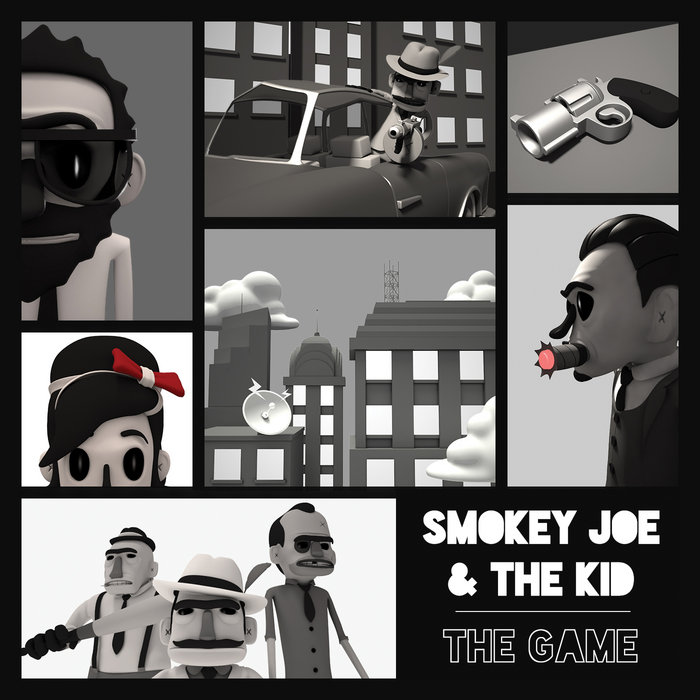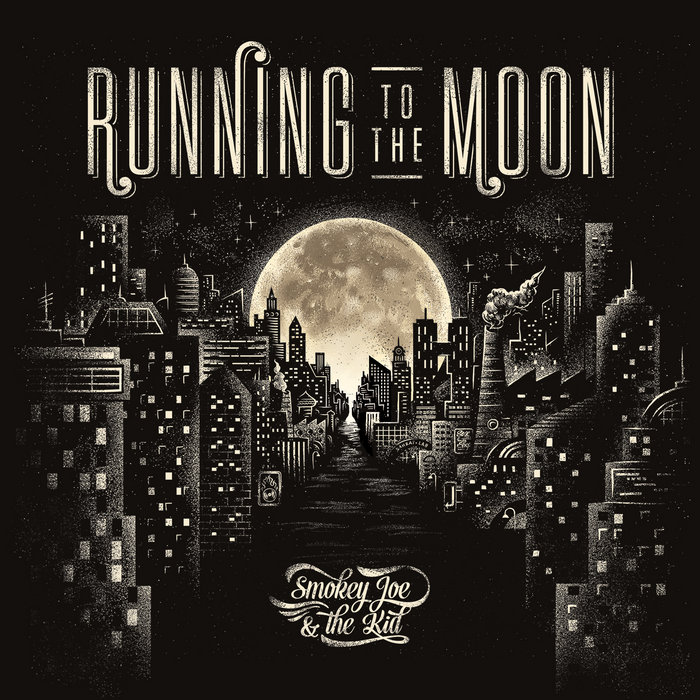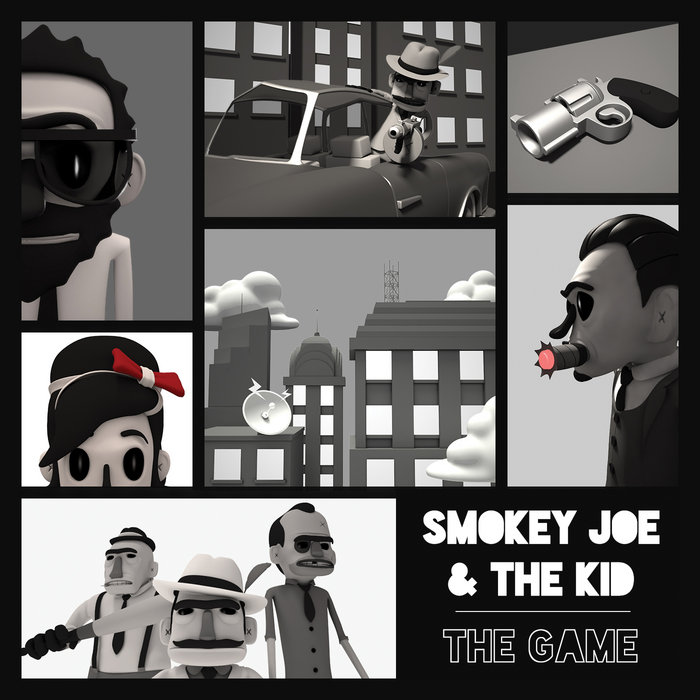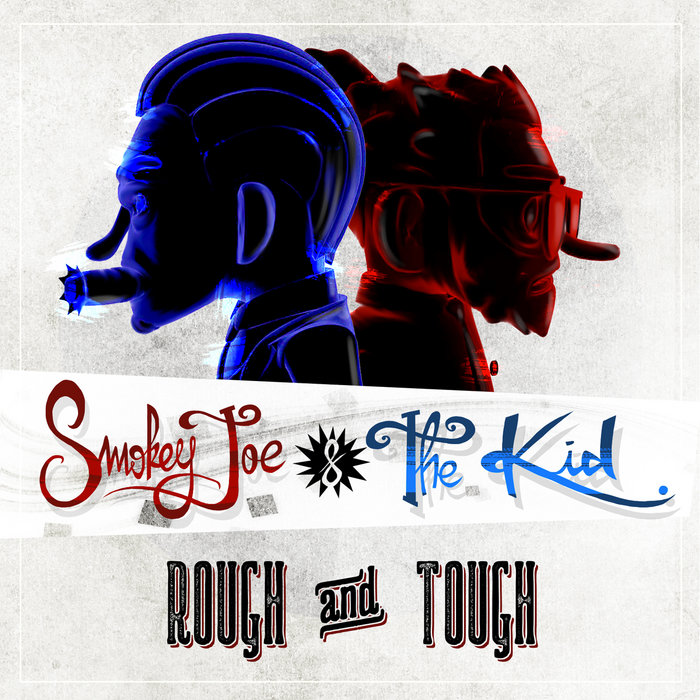
Gifted Child (Feat. NON Genetic) – Smokey Joe & The Kid
this blog is GROOVY – check out great Soul, Funk, Jazz, Hip Hop, Bass, Breaks , Reggae, House n many more TUNES
Welcome to the vibrant world of Ghetto Swing! This genre, which marries elements from jazz, swing, and hip-hop, is a delightful blend that brings people together on dance floors everywhere. So grab your dancing shoes and let’s take a groovy ride through the history of Ghetto Swing!
Ghetto Swing is like a musical cocktail: it mixes the upbeat rhythms of swing music with the urban flair and storytelling vibes found in hip-hop culture. Picture yourself in a smoky jazz club where breakdancers spin on wooden floors while musicians jam out some swingin’ tunes—voilà! You’ve entered Ghetto Swing.
Swing music emerged in the 1920s and ‘30s as bands played syncopated rhythms that got everyone dancing. Fast forward to the late 20th century; hip-hop was rising up from New York City streets with its beats, rhymes, and raw energy. Although these two genres seemed worlds apart initially, they eventually collided in an explosion of creativity.
You could say Ghetto Swing really started taking shape around the early 2000s when DJs began sampling classic swing records mixed over hip-hop beats. Musicians would loop those iconic brass sections or catchy melodies into their tracks—creating something fresh and bold for modern audiences.
One gigging duo named Swing Riot, known for their lively performances at street corners across Brooklyn, became synonymous with this new sound. They melded old-school swing with current rap lyrics—a true testament to urban innovation!
Here are some light-hearted tidbits about our beloved Ghetto Swing musicians:
The Tape Disaster:
One night during a live performance at an underground venue called “The Bop Shop,” DJ Jive mistakenly played two different samples simultaneously—the audience burst into laughter as he tried to fix it on stage by jamming along anyway! Instead of stopping the show for embarrassment, he declared it “improvisational magic,” which soon caught fire among fans!
Dapper Dancers:
Some dancers took inspiration from vintage fashion; one infamous dancer known only as “Swank Master” always wore mismatched socks deliberately—his signature style! He claimed they brought him luck (and maybe more laughs) every time he hit the floor!
Saxophone Shenanigans:
Saxophonist Ella Breeze once surprised her bandmates by showing up wearing pajamas before rehearsal claiming she wanted “the ultimate chill vibe.” It turned into an impromptu pajama party session that drew locals who were curious about what humor floated through those doors!
The Great Hat Debate:
Within one popular band called “Swing Hoppers,” there was an ongoing contest between members about who could wear ridiculously oversized hats during performances—the winner received homemade cookies baked by their manager every week until someone else dethroned them!
As we danced through years filled with Covid closures restricting most live shows initially (ha!), artists adapted quickly—they moved online streaming gigs becoming creative geniuses behind screens while keeping our spirits high and feet tapping away.
With social media’s rise giving birth to platforms like TikTok utilizing viral dances accompanying funky remixes further propelled interest; you might find funky dance challenges inspired by various Ghetto-Swing hits dominating feeds worldwide—all without having left your living room chair!
Meanwhile famous acts such as Tuxedo, who combined disco elements alongside jazzy vibes solidified themselves within this emerging landscape making waves globally—and don’t even get me started on collaborations featuring quirky visuals reflecting scenes reminiscent of retro movies infused alongside clever wordplay laced tightly throughout lyrics!
Movements grew stronger leading way towards festivals dedicated specifically celebrating this genre including Swing n’ Hip Hop Fest occurring annually combining workshops led by expert dancers/musicians fostering community love between attendees wanting nothing but good times filled joy while learning new skills surrounding both styles getting alive again—even if just virtually sometimes due pandemic effects still lingering around us today too…music unites beyond barriers forevermore!!
So there you have it—the sweet tale behind Ghetto Swing! It’s all about blending old grooves with fresh flows while creating community connections through music lovers dancing deeply intertwined amidst soulful expressions shining brightly wherever they roam next together—we’re sure family-friendly spirit will keep expanding ever onward sharing smiles lifted high above layers surrounding us pulling everyone closer uninhibited completely letting go transforming off-beat missteps joyful celebrations evening galore ahead blooming beautifully under stars guiding paths unknown waiting eagerly exploring sounds awaiting exploration yet untapped!!
Keep that beat alive folks; we’ll be swinging into tomorrow’s rhythm right along side ya—so stay tuned!!!! 🕺💃🎷

Gifted Child (Feat. NON Genetic) – Smokey Joe & The Kid

Running To The Moon (LP – 2016) – Smokey Joe & The Kid

THE GAME (Ep – 2014) – Smokey Joe & The Kid

Rough & Tough (Ep – 2014) – Smokey Joe & The Kid